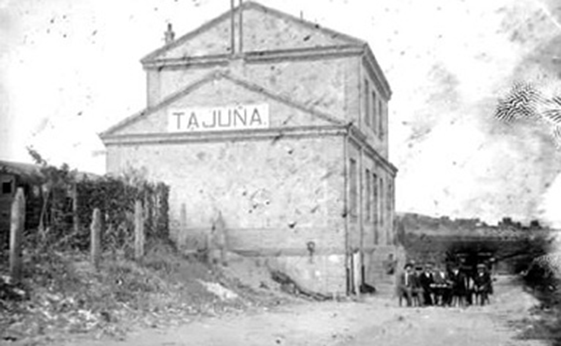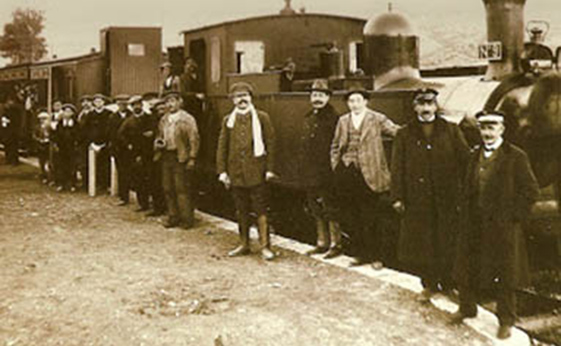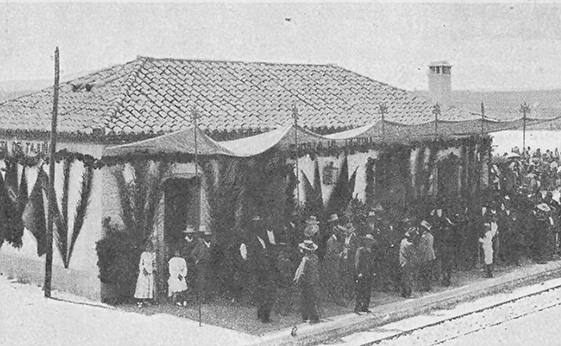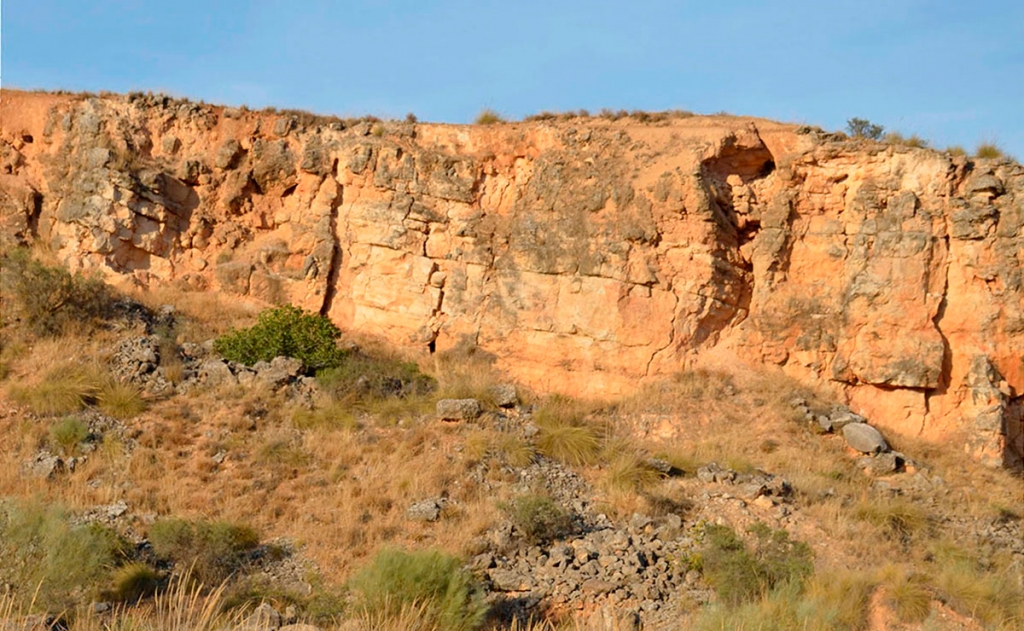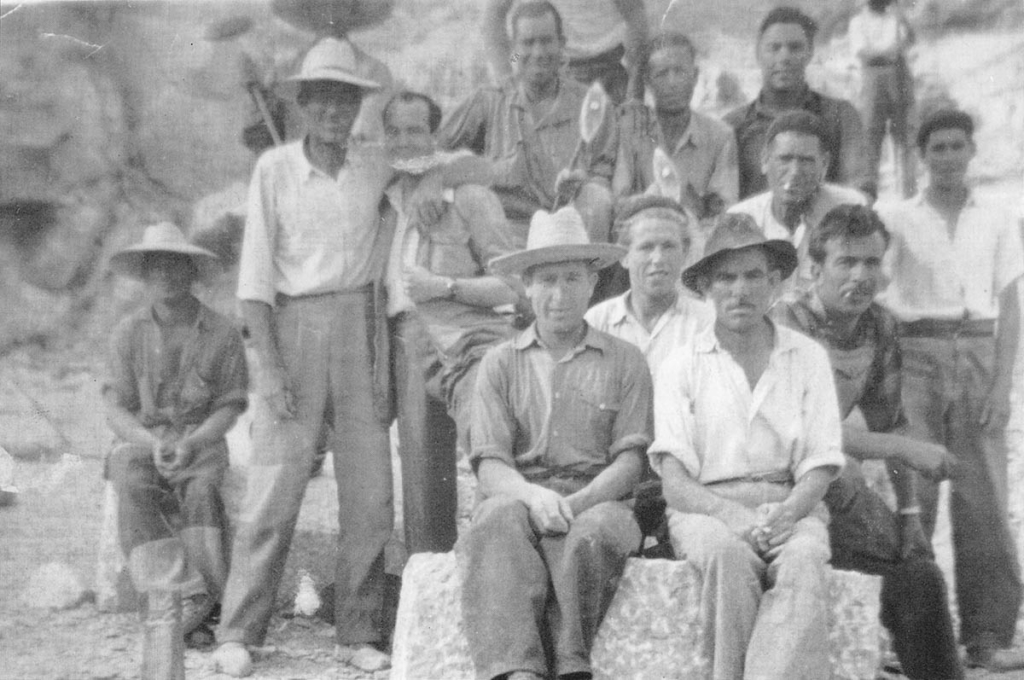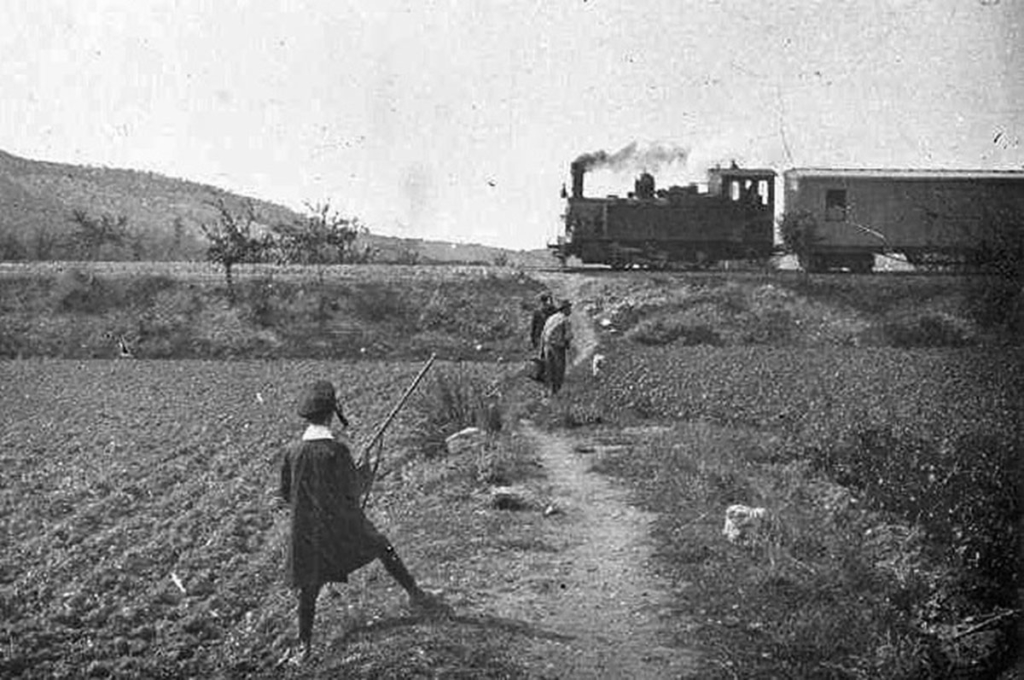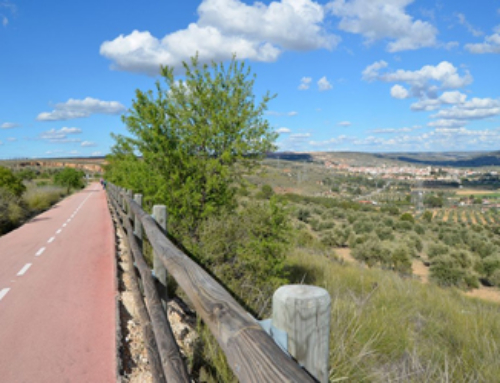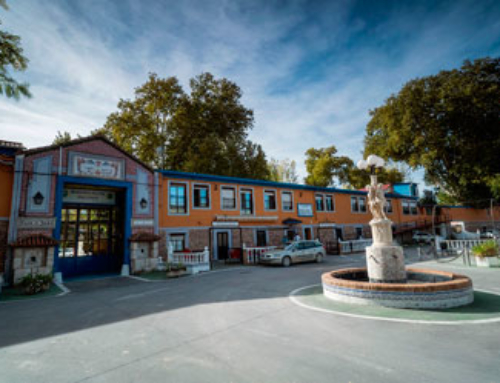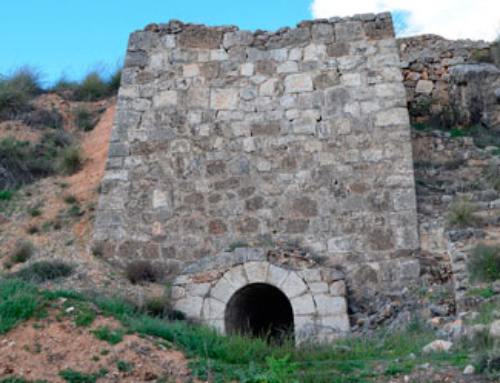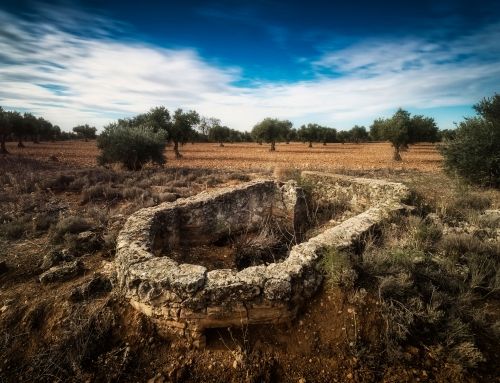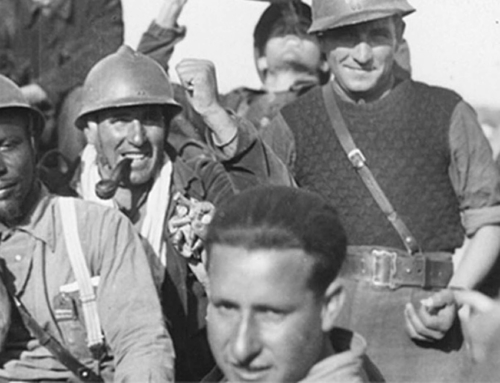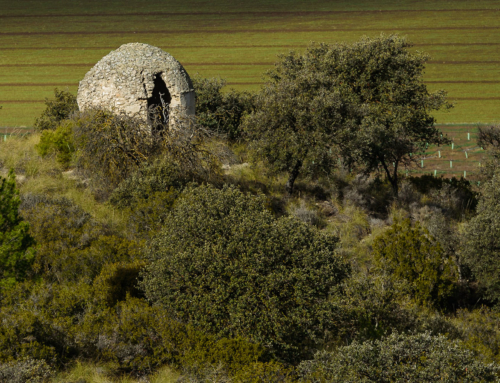Project Description
The Railway and the Quarries
One of the historical dates in Morata de Tajuña during the twentieth century was 25 July 1901, the day on which the railway was officially inaugurated. In the municipality of Morata there were two stations, the one located inside the municipality, which was located on the land occupied by the Casa-Cuartel de la Guardia Civil and the Cornicabra stop, a building that preserves the remains we can observe.
One of the historical dates in Morata de Tajuña during the twentieth century was 25 July 1901, the day on which the railway was officially inaugurated. In the municipality of Morata there were two stations, the one located inside the municipality, which was located on the land occupied by the Casa-Cuartel de la Guardia Civil and the Cornicabra stop, a building that preserves the remains we can observe.
During the first half of the century and until the closure of the passenger service in 1953 and goods in 1959, the railway marked the evolution of the Tajuña valley, being its umbilical cord, facilitating the transport of wine, cereals, beet, stone, plaster and lime.
In the first years of the last century, with the installation of the railway, the exploitation of the limestone quarries began to have importance, increasing the demand with the important works that were being carried out in Madrid, such as the Post Office building, the Hospital de Maudes and the Metro works. Stone that was extracted in 1920 from the quarries of Cornicabra and Valhondo.
From 1925, Portland-Valderribas began its industrial activities with the starting up of the Vicálvaro factory, which means that there is an important demand for raw material for the preparation of cement that is extracted from the limestone quarries of Morata. The station disappeared as such surely when the line was dedicated exclusively to cement traffic. The cement company had a first factory, which still exists today, in El Alto de Morata. The railway line from the nearby quarries of Cornicabra reached there, although this section was replaced by a conveyor belt. This factory did not have milling facilities, so it was necessary to complete the process in the Vicálvaro factory, as far as Ferrocarril del Tajuña transported the limestone clinker.
